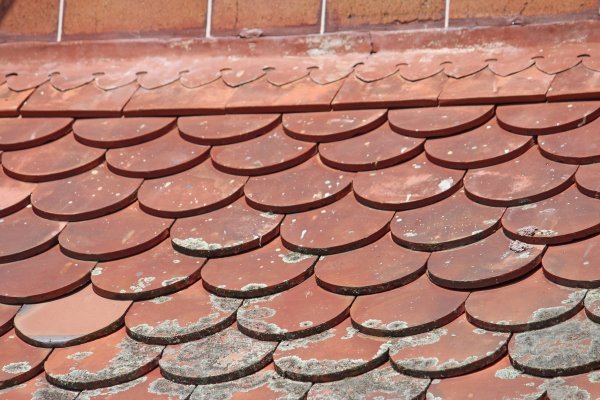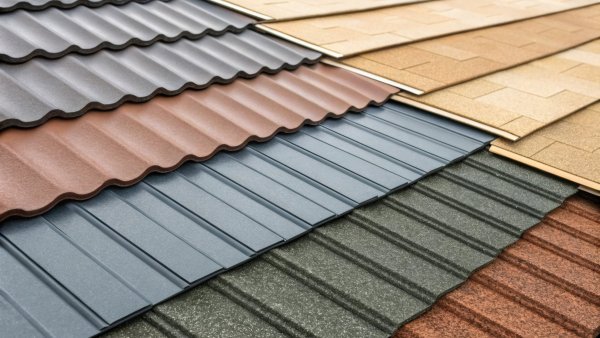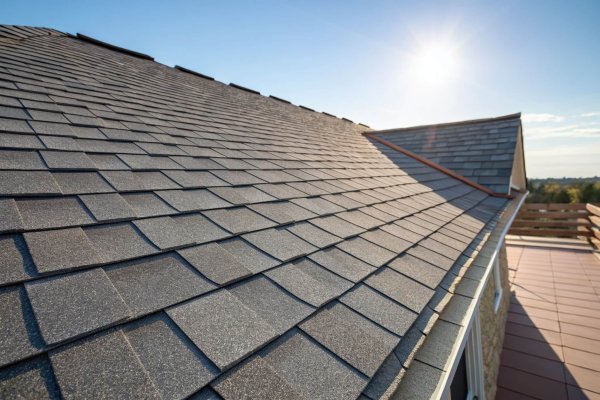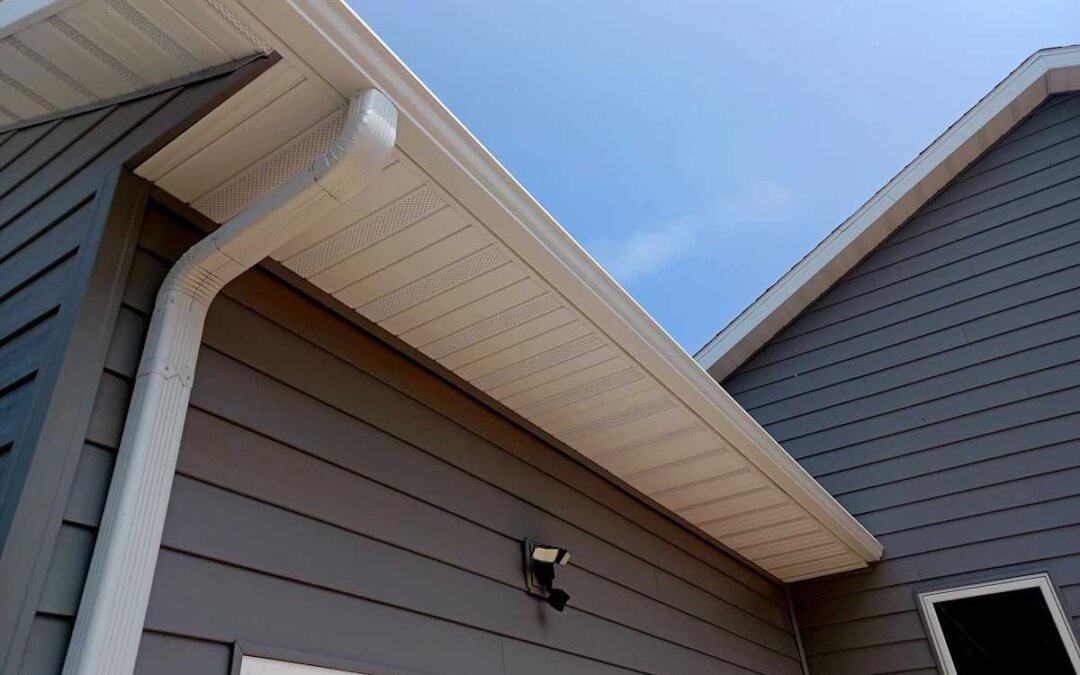Flashing, often overshadowed by visible elements like shingles, is vital to your roofing system. It’s the unsung hero that shields your home from water damage, especially in humid climates like Charleston, SC. Understanding and maintaining flashing is crucial for the long-term health of your roof. Here are seven critical things to know about flashing and why it’s considered the unsung hero of your roof.

1. What Is Flashing?
At its core, flashing is a thin, waterproof material—typically made of metal—installed at specific points on your roof to direct water away from critical areas. These may include joints, seams, and intersections where the roof meets walls, chimneys, vents, or skylights. Flashing’s primary purpose is to prevent water infiltration, which can lead to significant damage over time.
2. Prevention of Leaks
Flashing’s primary role is to prevent water infiltration. When installed correctly, fit channels water away from vulnerable sections of your roof, acting as a barrier against leaks. In Charleston, where heavy rains are common, adequate flashing is essential to avoid costly water damage. Without proper flashing, these intersections can become weak during heavy downpours, allowing water to enter and harm your home’s interior.
3. Types of Flashing Materials
Flashing is made from various materials, each suited for specific applications:
Aluminum Flashing:
Aluminum is lightweight and corrosion-resistant, making it ideal for chimneys and skylights. Its flexibility allows it to fit various configurations.
Copper Flashing:
Known for its durability and attractive patina, copper is often used in high-end applications needing longevity, especially around chimneys and dormers.
Steel Flashing:
Typically galvanized to prevent rust, steel is robust and ideal for commercial roofing applications.
Vinyl Flashing:
Vinyl is commonly used in residential siding. It is lightweight and easy to install but may not withstand extreme heat.
Rubberized Asphalt Flashing:
This type combines rubber and asphalt, making it highly flexible and resistant to various weather conditions. It is suitable for low-slope and flat roofs.

4. Common Applications of Flashing
Flashing is critical in several areas of your roof, including:
Chimneys:
It prevents water from seeping into the chimney and roof joint.
Skylights:
Directs water away from the seams where skylights interface with roofing material.
Vents:
Guards against moisture infiltration around roof vents.
Roof Edges:
Protects edges from wind-driven rain that can compromise short overhangs.
Flashing plays a key role in maintaining the integrity of your roofing system by directing water away from these vulnerable points.
5. Signs of Flashing Damage
As a homeowner, your vigilance is crucial in detecting signs of flashing damage. Keep an eye out for:
Water Stains:
Water stains on ceilings or walls indicate potential leaks from flashing issues.
Visible Rust or Corrosion:
Any rust on metal flashings suggests deterioration, indicating that the flashing may need replacing.
Cracks or Gaps:
Check for visible cracks or gaps, especially around chimneys and vents, as these could lead to leaks.
Humidity or Mold:
Increased humidity or mold growth in your attic may suggest moisture entering due to compromised flashing.
Shingle Damage:
Missing or curling shingles near the flashing can indicate installation problems or damage to the flashing itself.
6. Routine Inspections Are Key
Regular roof inspections are key to identifying flashing issues before they become significant problems. By checking your roof periodically, especially after heavy rain or storms, you can catch any visible signs of damage early. Scheduling annual professional inspections can ensure your flashing functions correctly, giving you peace of mind and control over your roof’s health.
7. Consult Professionals
If you suspect issues with your flashing or are planning a roofing project, it’s crucial to consult with experienced roofing professionals familiar with Charleston’s unique climate. A qualified contractor can assess the condition of your flashing, recommend necessary repairs or replacements, and ensure all work meets local building codes, giving you the security of a well-advised decision.
Understanding these seven essential flashing aspects emphasizes their critical role in protecting your home from water damage. Proper installation and maintenance of flashing can prevent leaks, extend the life of your roof, and ultimately save you money.
At Southline Roofing, we educate homeowners about important roofing components like flashing. Contact our expert team if you have questions or need assistance with your roof’s flashing. By prioritizing flashing, you’re taking essential steps to protect your investment and ensure the longevity of your roof.


